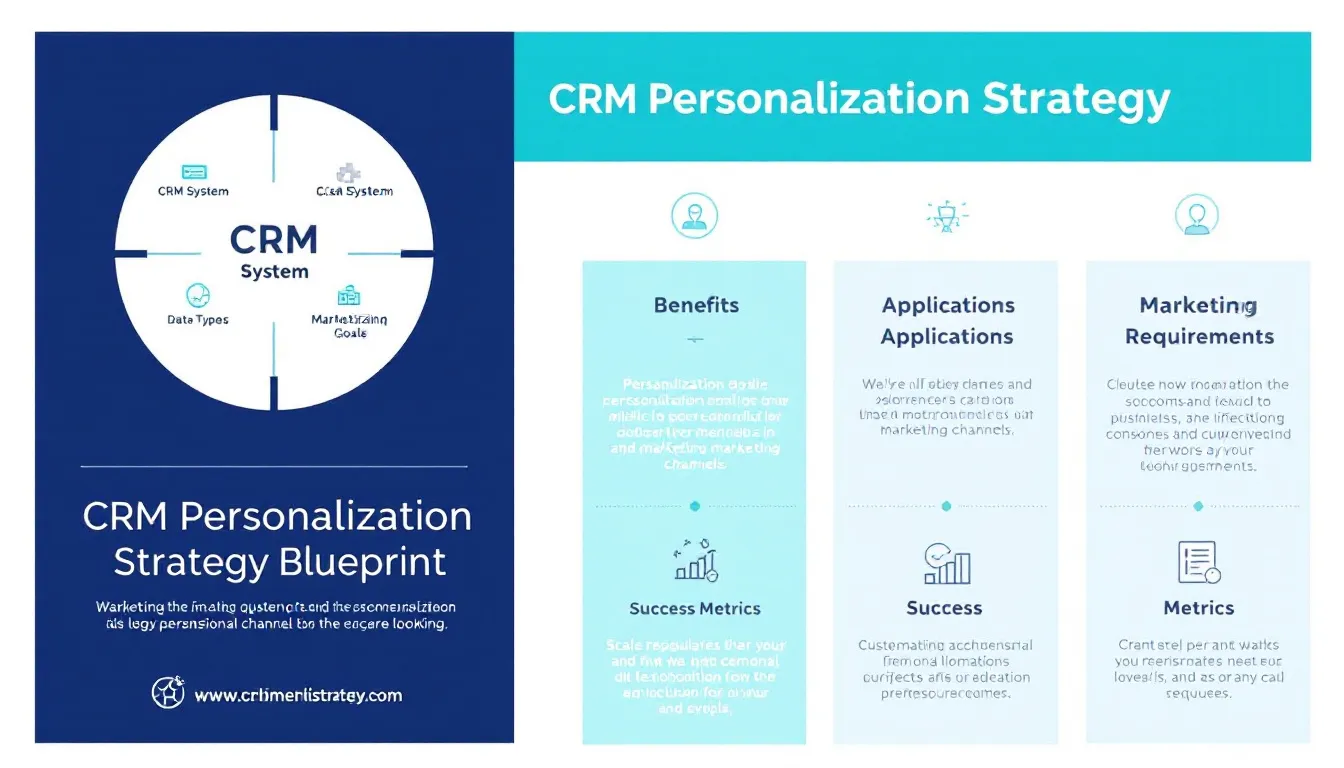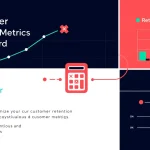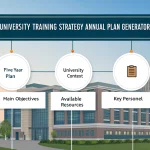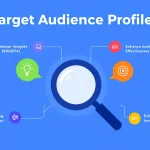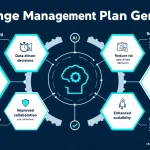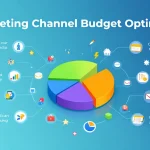Generating strategy...
Is this tool helpful?
How to Use the CRM Personalization Strategy Generator Effectively
To maximize the value of the CRM Personalization Strategy Generator, follow these step-by-step instructions for each field:
1. CRM System Name
Enter your current CRM platform name. For example:
- Microsoft Dynamics 365
- Zoho CRM
2. Business Type
Specify your industry sector with precision. Examples include:
- Healthcare Equipment Manufacturing
- Professional Training Services
3. Customer Data Points
List all relevant customer data points you collect. Consider including:
- Behavioral metrics (page views, time on site, cart abandonment)
- Demographic information (age, location, industry)
- Transaction history (purchase frequency, average order value)
4. Interaction Channels
Detail your customer touchpoints across various platforms:
- Digital channels (mobile app, website, customer portal)
- Traditional channels (in-store, phone support, direct mail)
5. Personalization Goals
Define specific, measurable objectives such as:
- Increase customer lifetime value by 25%
- Reduce churn rate by 15%
Understanding CRM Personalization Strategy Generator
The CRM Personalization Strategy Generator is an advanced tool designed to help businesses transform their customer relationship management data into actionable personalization strategies. It analyzes your input across multiple dimensions to create tailored recommendations for scaling personalized customer interactions.
Core Components
The tool evaluates three primary aspects:
- Data Utilization Potential
- Channel Integration Opportunities
- Personalization Implementation Framework
Benefits of Using the CRM Personalization Strategy Generator
1. Strategic Alignment
The tool ensures your personalization efforts align with:
- Business objectives
- Customer expectations
- Available resources
- Technical capabilities
2. Resource Optimization
Maximize the return on your CRM investment through:
- Targeted campaign deployment
- Efficient resource allocation
- Data-driven decision making
3. Enhanced Customer Experience
Deliver superior customer experiences through:
- Contextual interactions
- Predictive engagement
- Seamless omnichannel experiences
Problem-Solving Applications
1. Data Fragmentation
The tool addresses data silos by:
- Identifying integration opportunities
- Suggesting data consolidation strategies
- Recommending unified customer views
2. Scalability Challenges
Overcome growth limitations through:
- Automated personalization workflows
- Scalable engagement frameworks
- Dynamic content delivery systems
Practical Applications and Use Cases
Example 1: E-commerce Personalization
Input:
- CRM System: Shopify CRM
- Business Type: Fashion E-commerce
- Customer Data: Browse history, purchase patterns, size preferences
- Channels: Website, mobile app, email
- Goals: Increase repeat purchases by 30%
Output Strategy:
- Automated size-based product recommendations
- Style preference-driven email campaigns
- Cross-device shopping cart recovery
Example 2: B2B Service Provider
Input:
- CRM System: Salesforce
- Business Type: IT Consulting
- Customer Data: Service usage, support tickets, contract value
- Channels: Customer portal, phone, email
- Goals: Improve contract renewal rates
Output Strategy:
- Predictive service scheduling
- Usage-based communication timing
- Personalized training recommendations
Frequently Asked Questions
What types of businesses can benefit from this tool?
Any business using a CRM system can benefit, including:
- B2B companies
- B2C retailers
- Service providers
- Educational institutions
How often should I update my personalization strategy?
Consider reviewing and updating your strategy:
- Quarterly for fast-moving markets
- Bi-annually for stable industries
- When implementing new CRM features
Can I use multiple CRM systems with this tool?
Yes, the tool can accommodate multiple CRM systems and will provide strategies for:
- Data synchronization
- Cross-platform personalization
- Unified customer experience delivery
What makes a good personalization goal?
Effective personalization goals should be:
- Specific and measurable
- Aligned with business objectives
- Customer-centric
- Time-bound
How can I measure the success of personalization efforts?
Key metrics to track include:
- Customer engagement rates
- Conversion improvements
- Customer satisfaction scores
- Revenue impact
- Customer lifetime value changes
What resources are needed to implement personalization strategies?
Consider these essential resources:
- Technical infrastructure
- Content creation capabilities
- Analytics tools
- Team training and development
Important Disclaimer
The calculations, results, and content provided by our tools are not guaranteed to be accurate, complete, or reliable. Users are responsible for verifying and interpreting the results. Our content and tools may contain errors, biases, or inconsistencies. We reserve the right to save inputs and outputs from our tools for the purposes of error debugging, bias identification, and performance improvement. External companies providing AI models used in our tools may also save and process data in accordance with their own policies. By using our tools, you consent to this data collection and processing. We reserve the right to limit the usage of our tools based on current usability factors. By using our tools, you acknowledge that you have read, understood, and agreed to this disclaimer. You accept the inherent risks and limitations associated with the use of our tools and services.
